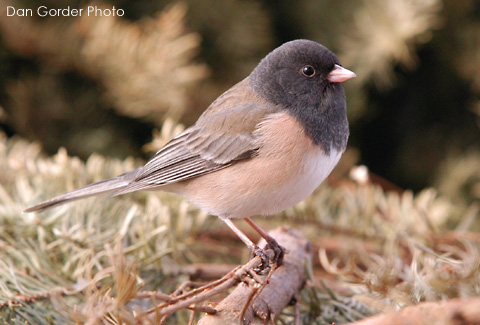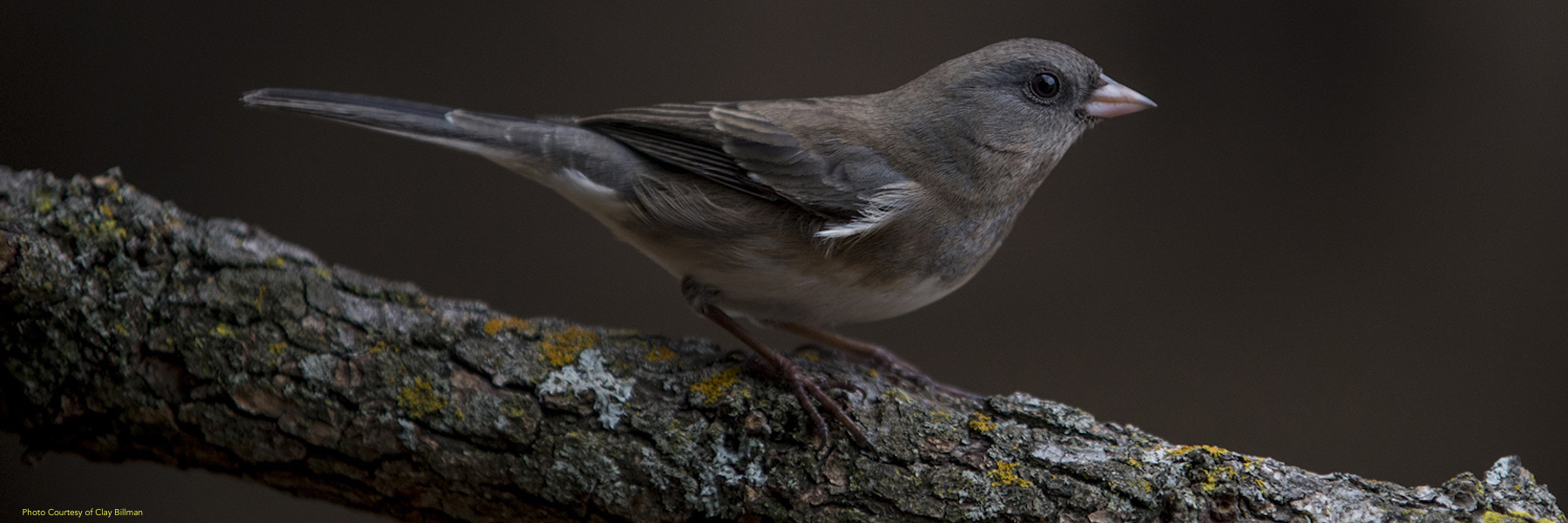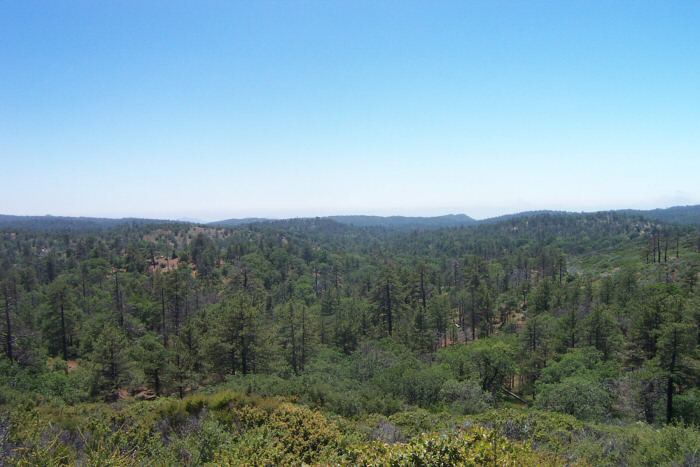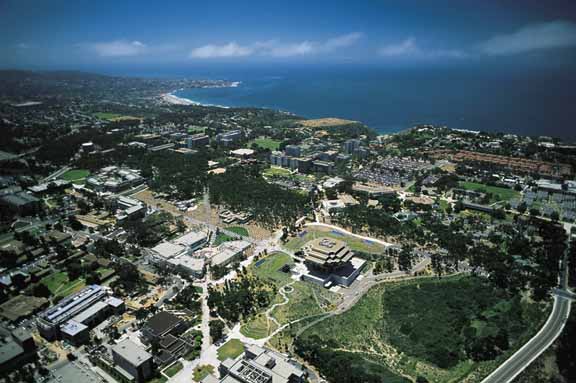
Working with the Oregon juncos (Junco hyemalis thurberi) in California allows us a unique opportunity to study evolution in action. In California, juncos migrate seasonally from their summer breeding grounds in montane forests to winter in the milder climate by the coast. Within the past 30 years, juncos have colonized the area on and around the University of California, San Diego campus, and now remain there year-round. Since then, the coastal, urban population has undergone rapid changes in morphology and behaviour, resulting in birds that are smaller, less ornamented, less aggressive, and more parental than their migratory counterparts.




